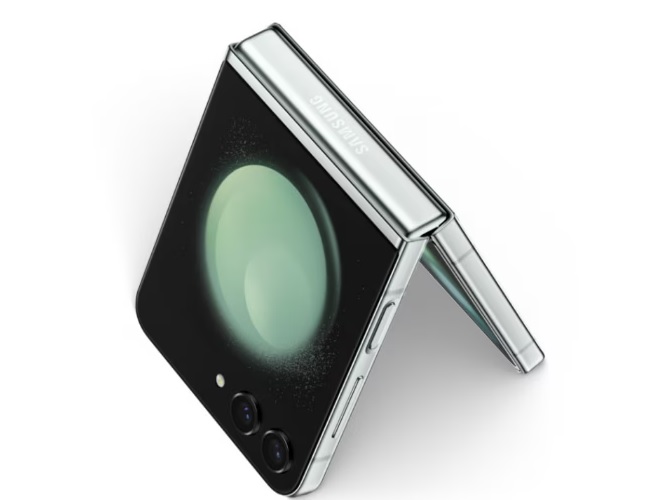
There are several types of LCD (Liquid Crystal Display) technologies used in phones, each offering different advantages in terms of color accuracy, viewing angles, energy efficiency, and overall performance. The most common types include
1. Twisted Nematic (TN) LCD
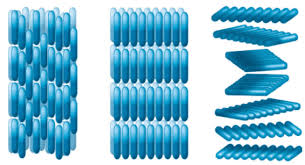
- How it Works: TN LCDs use liquid crystals that twist to allow light to pass through when an electric current is applied.
- Pros:
- Generally cheaper to manufacture.
- Quick response times, making them ideal for gaming and fast-moving visuals.
- Cons:
- Poor viewing angles—colors and brightness can degrade when viewed from the side.
- Lower color accuracy and contrast compared to other LCD types.
Usage: This technology is not very common in modern smartphones but can still be found in some budget phones or entry-level devices.
2. In-Plane Switching (IPS) LCD
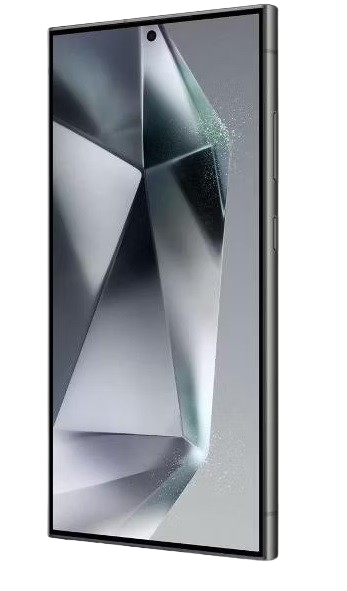
- How it Works: IPS LCDs use a different arrangement of liquid crystals that lie parallel to the screen. When an electric current is applied, the crystals align in a way that improves light transmission.
- Pros:
- Better Viewing Angles: Colors and brightness remain more consistent even when viewed from sharp angles.
- Better Color Accuracy: IPS screens provide more accurate and vibrant colors compared to TN panels.
- Improved Contrast: Compared to TN LCDs, IPS displays have better contrast and a more uniform backlight.
- Cons:
- Can consume more power than TN LCDs.
- Slightly slower response times, which may not be ideal for high-speed gaming or fast-moving video.
Usage: IPS is one of the most common LCD types in mid-range and premium smartphones due to its high-quality display characteristics.
3. Advanced High Performance IPS (AH-IPS) LCD
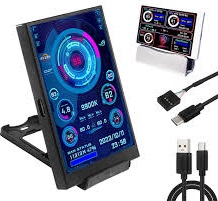
- How it Works: AH-IPS is an improved version of IPS that uses a more advanced technology to achieve better color reproduction and viewing angles while being more energy-efficient.
- Pros:
- Improved color consistency and accuracy.
- Better power efficiency compared to standard IPS panels.
- Wider color gamut, which means more vibrant and accurate colors.
- Cons:
- More expensive than traditional IPS displays, though still less costly than OLED.
Usage: Found in high-end smartphones, tablets, and some flagship devices due to its superior quality and energy efficiency.
4. Plane-to-Line Switching (PLS) LCD
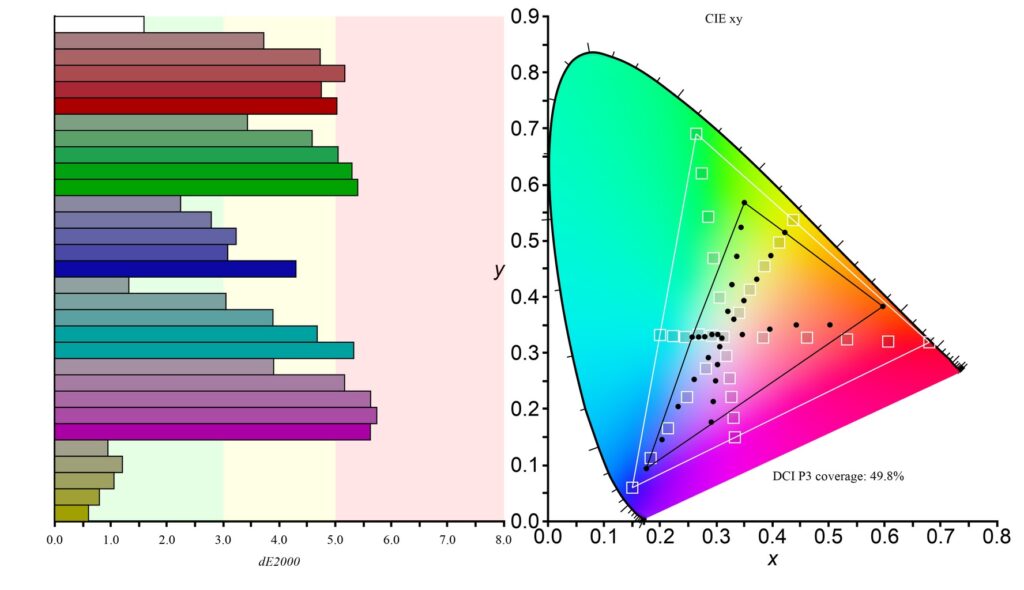
- How it Works: PLS is a variation of IPS technology developed by Samsung. It offers similar performance but with a few enhancements for better color accuracy and power efficiency.
- Pros:
- Offers similar benefits to IPS, including wide viewing angles and good color accuracy.
- Lower Power Consumption: More power-efficient than standard IPS panels.
- Lower Cost: Typically cheaper to manufacture than traditional IPS panels.
- Cons:
- Can still suffer from slightly lower contrast compared to OLED screens.
Usage: Found in some mid-range and higher-end smartphones, especially those from Samsung.
5. Retina Display
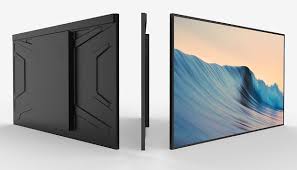
- How it Works: While not a distinct type of LCD, Apple’s Retina Display is a marketing term for high-resolution IPS displays with a pixel density that is high enough that individual pixels are indistinguishable to the human eye at a normal viewing distance.
- Pros:
- Sharp, clear images due to very high pixel density.
- Excellent color accuracy and contrast due to the use of high-quality IPS technology.
- Cons:
- Higher resolution and quality contribute to higher production costs.
Usage: Used in Apple’s iPhones, iP ads, and Macs.
6. Super LCD (SLCD)
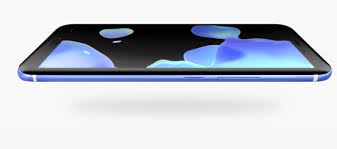
- How it Works: Super LCD is a refinement of traditional LCD technology, primarily developed by HTC. It aims to improve the color reproduction, brightness, and power efficiency.
- Pros:
- Better Outdoor Visibility: Super LCDs often perform better in bright sunlight, offering higher brightness levels and better visibility.
- More vibrant and accurate colors compared to standard LCDs.
- Typically thinner than regular LCDs.
- Cons:
- The technology is becoming less common as OLED technology becomes more popular.
Usage: SLCD screens were commonly used in HTC smartphones but have largely been replaced by OLED in newer models.
Summary of Key Differences:
| Type | Key Features | Pros | Cons |
| TN | Basic, low-cost, fast response time | Cheap, fast response time | Poor color accuracy, narrow viewing angles |
| IPS | Wide viewing angles, better color accuracy | Great color, wider angles | Higher power consumption, slower response |
| AH-IPS | Improved IPS, better power efficiency | Better colors, lower power consumption | Slightly more expensive |
| PLS | Samsung’s version of IPS, better efficiency | Good color accuracy, lower cost | Lower contrast than OLED |
| Retina Display | High-resolution IPS with high pixel density | Sharp images, high color accuracy | Expensive to produce |
| Super LCD (SLCD) | Enhanced LCD with better outdoor visibility | High brightness, better sunlight visibility | Less common, typically replaced by OLED |
Each type of LCD has its strengths, and the choice of technology in a smartphone depends on the balance between cost, performance, and the intended use case.